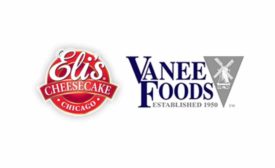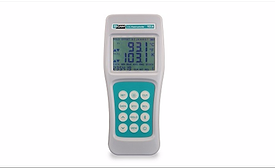Home » FSMA
Articles Tagged with ''FSMA''
Processors realize that existing facilities must be updated and expanded to meet food safety regulations and increasing and challenging customer demands
Read More
Food Safety
Software helps processors stay in compliance with FSMA
As FSMA makes it more vital, companies that embrace food safety software will see the most benefits from it
May 18, 2017
Food Safety
Vanee Foods, Eli’s Cheesecake Company bet big on food safety
Two Chicago-area processors are reaping the benefits of putting food safety first
May 15, 2017
FSMA
What will FSMA actually mean?
New regulations always bring questions of who is affected and how
April 27, 2017
Food Safety
FSMA requirements for small to mid-sized businesses clarified
PMMI’s FSMA consultant dishes out advice to companies that might be lagging in compliance
March 6, 2017
Food Safety
How the history of food safety shapes today's rules
From testing to preventative controls, a look back at the ever evolving world of food safety
February 15, 2017
Manufacturing News
GAO evaluates FDA on Produce Safety Rule communications
The rule includes many provisions that have raised many technical and business questions.
January 29, 2017
Food Safety
Automated food safety solutions can limit foodborne pathogens
Time-temperature measurements offer basis of pathogen containment
January 27, 2017
FSMA
FSMA: Ignorance of the law is no excuse
Though FDA is providing FSMA education, training and assistance, processors must realize that the FDA's primary goal is to protect the public's health.
January 12, 2017
Manufacturing News
FDA: Education is the key to getting on track with FSMA
Companies and FDA inspectors both still learning FSMA
December 13, 2016
Elevate your expertise in food engineering with unparalleled insights and connections.
Get the latest industry updates tailored your way.
JOIN TODAY!Copyright ©2024. All Rights Reserved BNP Media.
Design, CMS, Hosting & Web Development :: ePublishing














